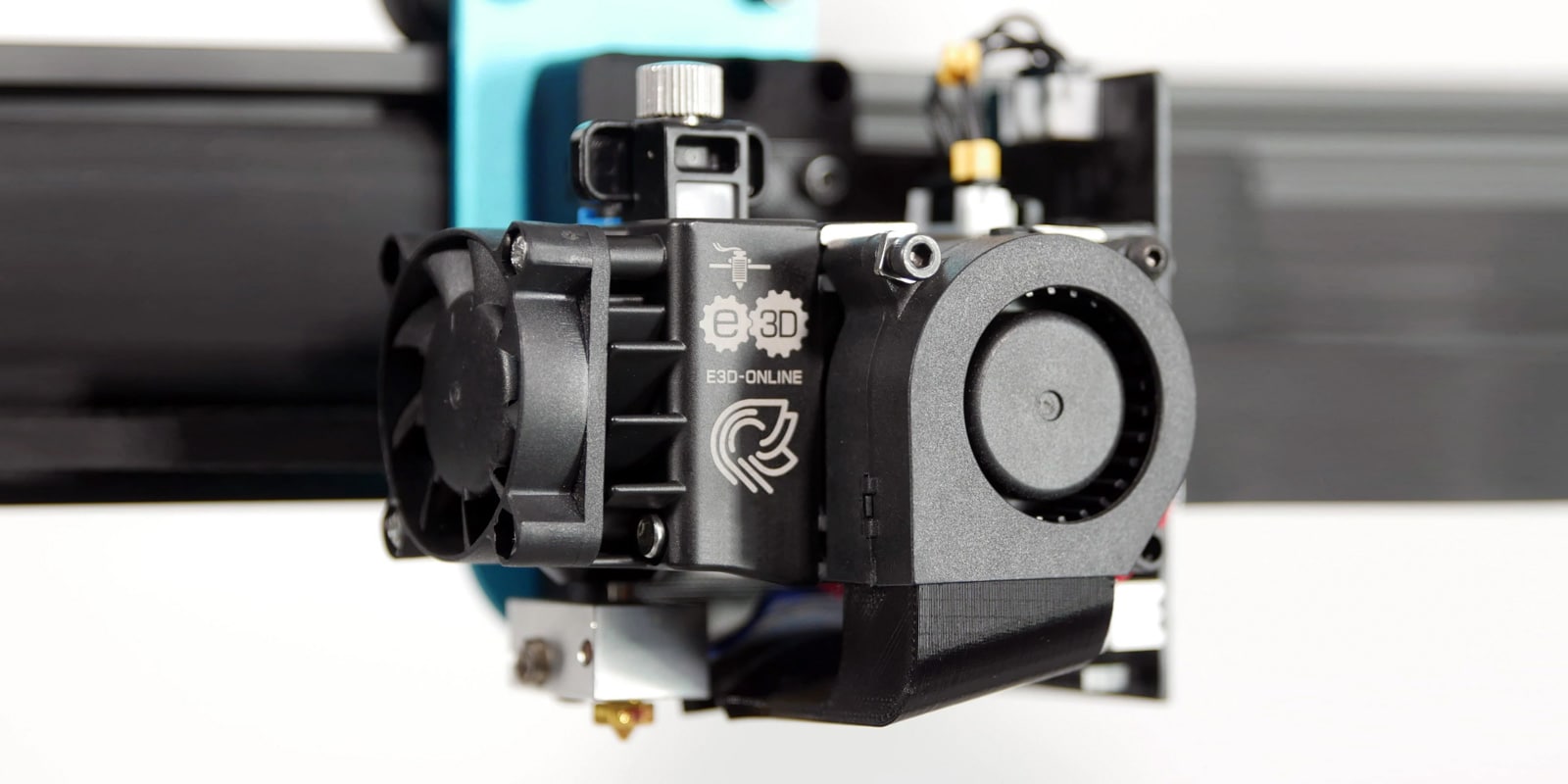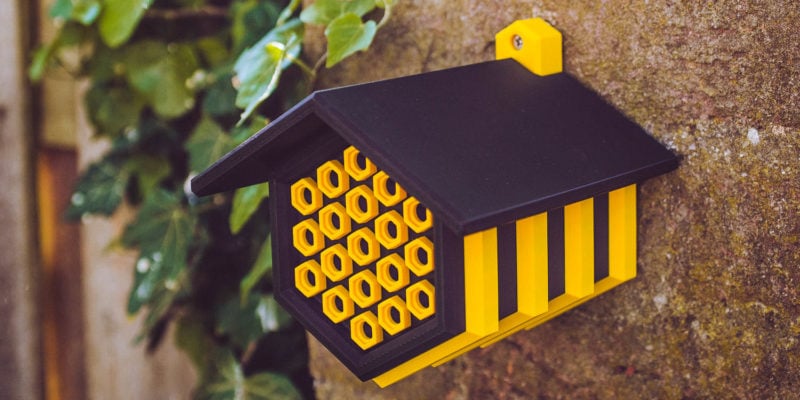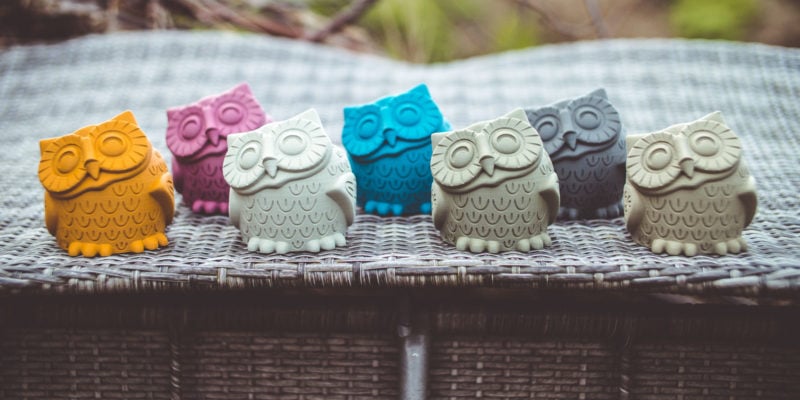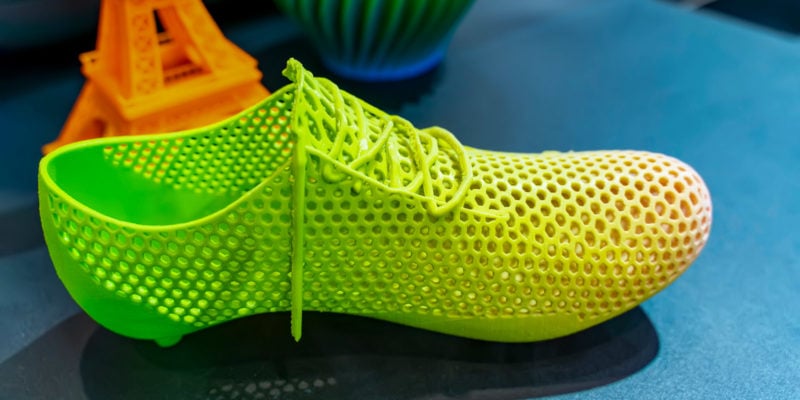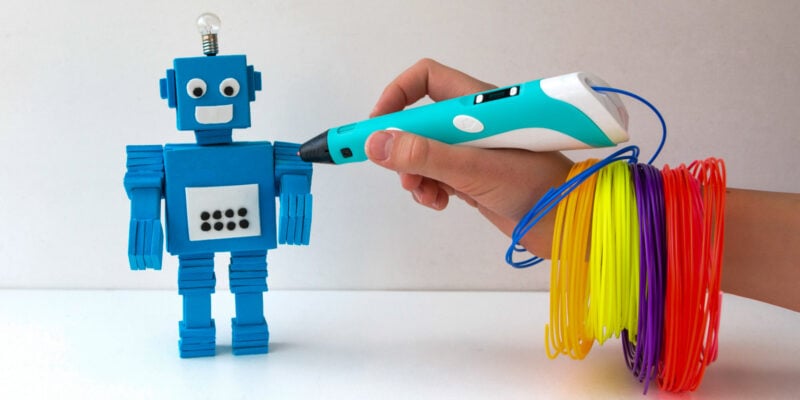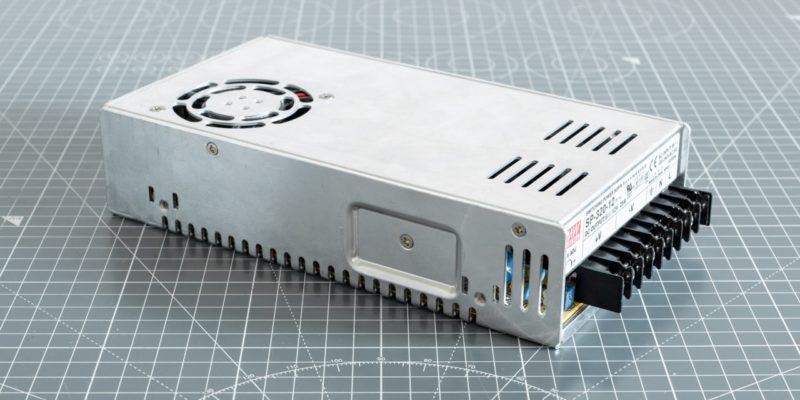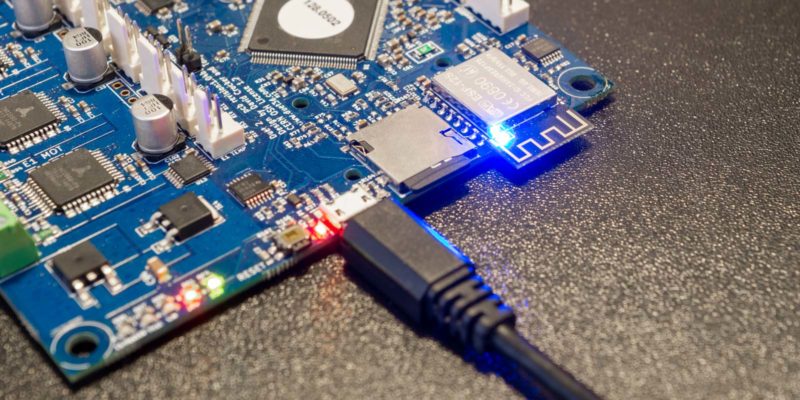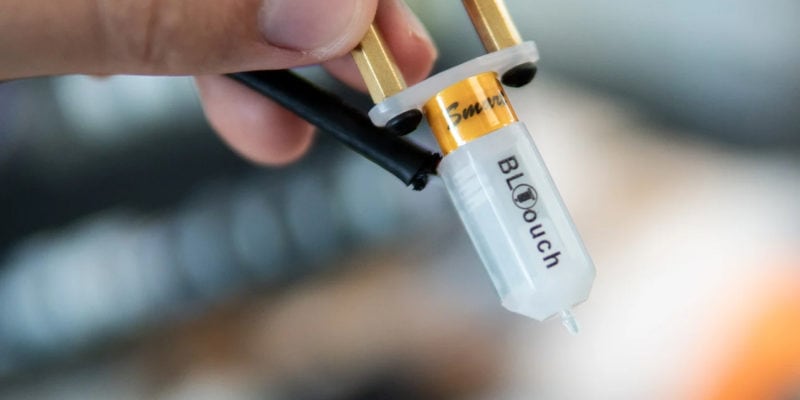3D printer extruders nowadays are as diverse as the printers themselves. You can find them in various shapes and sizes, with many extruders being specific only to particular 3D printers. A high-quality extruder will deliver consistent and predictable results that will help you get the best-looking 3D prints.
Direct and Bowden extruders are the two major types you can find in hobbyist FDM 3D printers. Each type has its benefits and is best suited for different situations.
In this article, we will explore these differences and go over top extruders that you can build or upgrade your 3D printer with. Read on to find out which is the best 3D printer extruder for your 3D printing workflow.
| 3D Printer Extruder | Extrusion System | Gear Ratio | Filament Size(s) | Price (~) | Best Offer |
|---|---|---|---|---|---|
| E3D Hemera | Direct / Bowden | 3.32:1 | 1.75 mm | $118 | |
| Bondtech BMG | Direct / Bowden | 3:1 | 1.75 mm | $89 | |
| E3D Titan | Direct / Bowden | 3:1 | 1.75 mm / 2.85 mm | $60 | |
| Micro Swiss Direct Drive Extruder | Direct | 1:1 | 1.75 mm | $100 | |
| BIQU H2 | Direct | 7:1 | 1.75 mm | $90 |
What is an Extruder on a 3D Printer?
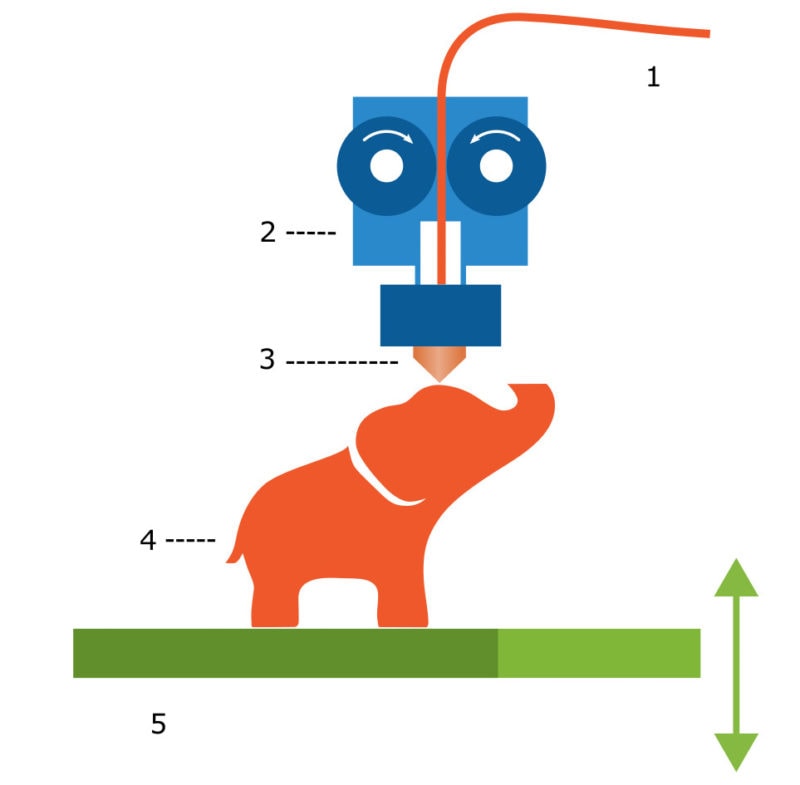
A 3D printer extruder is the part of an FDM 3D printer that melts and pushes out plastic filament to create the three-dimensional object. The extruder consists of various grouped parts.
The first group of components is called the cold end.
The cold end consists of a mechanism designed to pull your filament from one end and push it out of another while firmly grasping it. The majority of the 3D printer extruders utilize a system of gears and a pulley combined with a spring-loaded arm to accomplish this function.
The second group is the hot end. It consists of various components, like the heat break, heater block, and nozzle.
The 3D printer filament is pushed through the heat break by the cold end until it reaches the heater block. The 3D printer filament is then melted by the heat produced by the heater and pushed out through a nozzle where it solidifies to create your 3D printed object.
The best 3D printer extruders will let you reliably 3D print at high speeds with various materials without affecting the print quality.
3D Printer Extruder Types
Direct Extruder
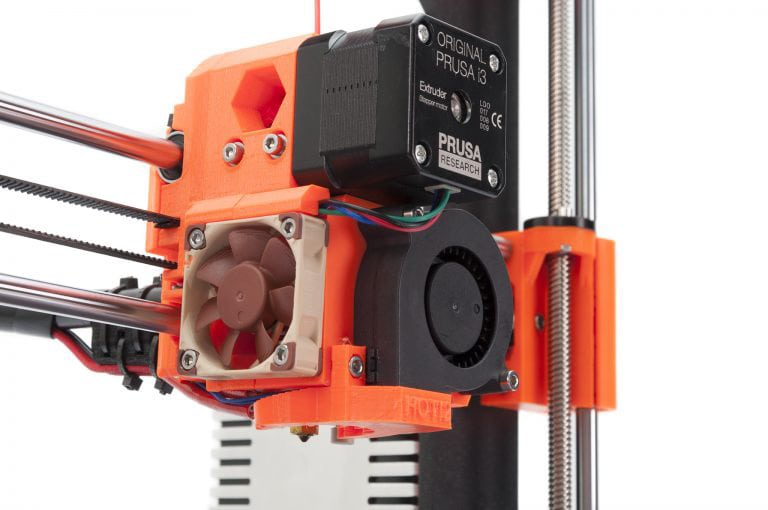
You can easily recognize a direct extruder system by looking at the 3D printer extruder. In a direct extruder setup, the extruder motor sits right on the top of the hot end and moves along with it. It allows for a short filament path, resulting in better retraction properties and better print quality.
Direct extruders are known to be compatible with flexible filaments, which are filaments that Bowden extruders (see the next section) have trouble with.
However, this kind of setup leads to a bulky hot end design. It increases the overall mass of the print head and forces you to print at lower speeds. And because the 3D printer extruder sits on top of the cold end of your printer head, it reduces the overall Z-height of your printer.
Pros:
- Good retraction control
- Consistent and predictable extrusion
- Wide material compatibility
Cons:
- Heavy print head, low print speeds
- Reduces maximum print height
Bowden Extruder
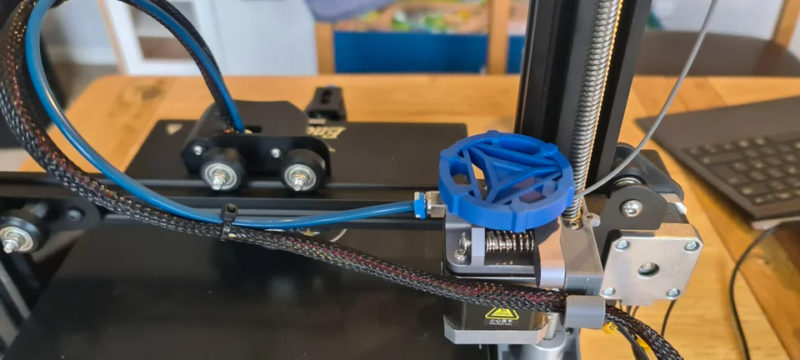
Bowden extruders have their cold end mounted onto the 3D printer’s frame instead of above the hot end. The filament is then fed through a PTFE tube from the cold to the hot end.
This setup allows for a light print head and 3D printing at higher speeds without encountering print issues like ghosting and ringing
The lightweight design of a Bowden setup is best suited for a Delta 3D printer or dual extrusion 3D printer due to their unique construction and movement. However, you can find Bowden extruders in many budget 3D printers, as they allow for a simple print head design and increased print height.
One of their main downsides is that 3D printers with a Bowden extruder have a longer distance for the filament to travel. This can cause issues with retraction and lead to more stringing.
Pros:
- Lightweight and compact design
- Allows for fast print speeds
- Easy to access and fix issues
Cons:
- Needs fine-tuning of retraction settings
- Difficult to print with flexible materials
- Requires high power stepper motor
Geared vs Direct Drive Extruders
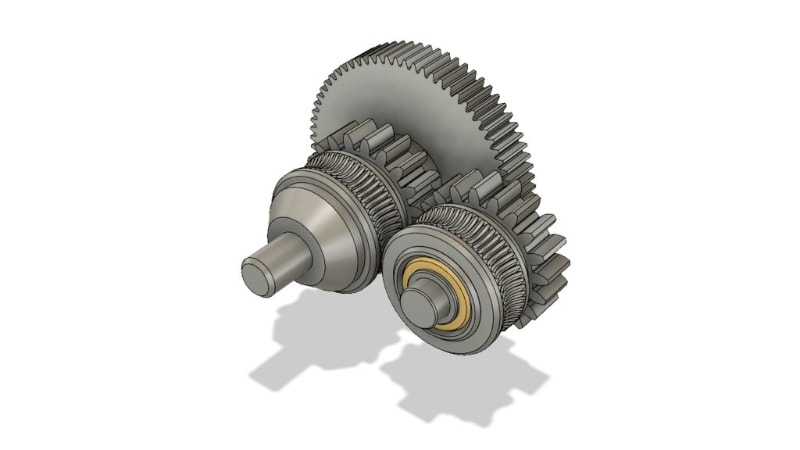
Typical budget 3D printer extruders utilize a direct drive system. In a direct drive system, the filament drive gear is directly attached to the stepper motor shaft without gearing. This setup allows for a cheap and straightforward design.
One downside, however, is that the extruder requires a high-powered stepper motor. On non-Bowden extruders, this means a lot of extra weight that has to be moved around. Not ideal.
This is where geared extruders come into play. A geared extruder uses a gear mechanism to increase torque. This gives the 3D printer extruder a better grip over the filaments, resulting in a more controlled filament flow.
Because the gear system increases torque, a smaller stepper motor can be used. This results in a more lightweight and compact setup that is ideal for direct extruders.
Pros:
- Produces high torque
- Compact size
- Suitable for both Bowden and direct extrusion setups
Cons:
- Can be expensive
- Complicated internal mechanism
Direct vs Direct Drive Extruders
Because of their similar terminology, direct and direct drive extruders sometimes get mixed up. Here are some tips to tell them apart:
- A direct drive extruder has its drive gear mounted directly to the stepper motor shaft. It is the opposite of a geared extruder.
- A direct extruder has its cold end mounted directly above the hot end. It is the opposite of a Bowden extruder.
If a 3D printer extruder has its drive gear mounted to the stepper motor shaft and the cold end is installed directly above the hot end, it is both a direct and a direct drive extruder.
The Best 3D Printer Extruders in 2024
The E3D Hemera is one of the most powerful extruders available on the market today. It uses a dual drive gear system that gives you almost 100 N of pushing force on the filament, allowing for high-extrusion rates without stripping the filament.
The high pushing force makes the Hemera a great 3D printer extruder for large 3D printers that require high flow rates. It comes with a T-slot mounting system that lets you easily design and mount the extruder on virtually any 3D printer. Moreover, it is compatible with the whole system of E3D hot ends and nozzles.
The E3D Hemera is available in both direct and Bowden extruder setups, making it difficult to find a 3D printer that it does not work with.
Regardless of whether you already use the E3D eco-system, the E3D Hemera 3D printer extruder is great if you are looking for a reliable and high-performance cold end.
Standout Features
- Over 100N of pushing force
- Optimized airflow circulation
- Wide printer compatibility
Technical Details |
|
|---|---|
| Extrusion type | Direct and Bowden |
| Filament diameter | 1.75 mm |
| Gear ratio | 3.32:1 |
| Weight | 388 grams (Direct) 327 grams (Bowden) |
What We Like
- Excellent for printing flexible filaments
- Easy mounting system
- High flow rate
Could Be Better
- Bulky design
- Requires fine-tuning
The Bondtech BMG extruder is a geared 3D printer extruder with a gearing ratio of 3:1. It is designed to be compact while still offering you excellent grip on the filament. The extruder weighs only 75 gms (0.16 lbs), making it one of the lightest extruders available.
It has an adjustable tensioner system that lets you fine-tune the tension of the drive gears on the filament. It gives you complete control over the filament feed and is compatible with multiple materials. Its quick-release mechanism, too, is designed for fast material swaps bringing down your printer operation times.
The extruder comes with an SLS printed housing that guarantees strength and precision. Its most notable drawback is its lack of compatibility with 2.85 mm filaments, but considering that 1.75mm filament is the standard nowadays, that won’t be a problem for most users.
If you’re looking for a compact, lightweight solution for your delta or other high-speed printer, the Bondtech BMG is probably the best 3D printer extruder for you.
Standout Features
- Lightweight and compact design
- High gripping force
- SLS 3D printed extruder housing
Technical Details |
|
|---|---|
| Extrusion type | Direct and Bowden |
| Filament diameter | 1.75 mm |
| Gear ratio | 3:1 |
| Weight (without stepper) | 75 grams |
What We Like
- Easily adaptable to any 3D printer
- Adjustable tensioner screw
- Suitable for printing abrasive filaments
Could Be Better
- Does not include Bowden adapter
The E3D Titan is another compact geared extruder designed for fast printing speeds. It comes with a translucent case design that gives it a unique look and its durable materials make it a highly reliable extruder.
The Titan extruder comes with a 3:1 gear ratio, similar to the Bondtech extruder. One big difference is that the Titan is also compatible with 2.85 mm filaments, which makes it a truly versatile 3D printer extruder. Another difference is that the gears on the E3D Titan have a self-cleaning tooth profile, so you don’t have to worry about any ground-up filament getting stuck.
You can expect high print quality at low layer heights and minimized issues during extensive retraction cycles. The Titan extruder is compatible with many RepRap 3D printers and is known for its simplicity and high-quality extrusion.
It is an excellent alternative to the Bondtech extruder, albeit a bit heavier. If you can stand the extra weight, the E3D Titan will give you excellent results at a comparatively lower price.
Standout Features
- Self-cleaning hobbed gear teeth
- Small form factor
- Lightweight construction
Technical Details |
|
|---|---|
| Extrusion type | Direct and Bowden |
| Filament diameter | 1.75 mm and 2.85 mm |
| Gear ratio | 3:1 |
| Weight (without stepper) | 125 grams |
What We Like
- Easy filament changes
- Compatible with virtually any 3D printer
- Great for printing at low layer heights
Could Be Better
- Comes without mounting bracket
- Comes without Bowden adapter
The Ender 3 is one of the most popular and widely used 3D printers. However, it comes with a Bowden extrusion setup that limits its material compatibility. The Micro Swiss extruder solves this by giving you a plug-n-play direct extruder system for the Ender 3.
The Micro Swiss extruder setup comes with an all-metal hot end, brass nozzle and a bracket that lets you easily install the extruder on your Ender 3. It has a lightweight aluminum body, and CNC machined gears to allow precise and predictable extrusion. The spring-loaded tensioner arm lets you adjust the filament grip and enables you to load the filament quickly.
You get a detailed guide that helps you throughout the installation process, ensuring you get everything right. However, you’ll need to do some tweaking to get the best print results with this setup.
Overall, the Micro Swiss extruder is an excellent Ender 3 upgrade that lets you print with different filaments and helps you get an improved print quality.
Standout Features
- Plug-and-play design
- Adjustable filament grip
- Hardened tool steel gears
Technical Details |
|
|---|---|
| Extrusion type | Direct |
| Filament diameter | 1.75 mm |
| Gear ratio | 1:1 |
| Weight | N/A |
What We Like
- Easy mounting system
- Dual drive train for better grip
- Constrained filament path
Could Be Better
- Bulky design
- Limited printer compatibility
The BIQU H2 is a dual gear extruder system with a high-temperature hot end. It has a 7:1 gear ratio on the extruder, offering you a superior grip on the filament with a relatively small stepper motor.
You get stainless steel gears precisely machined to reduce filament jams and prevent hot end clogging issues. The extruder body includes a streamlined heat dissipation structure that directs the heat away from the nozzle, easily letting you print for extended hours at high temperatures.
It is designed to be fitted on most hobbyist 3D printers like the Creality, Anycubic, and Geetech machines. The BIQU H2 is a well-built hot end, and at a price of less than $100, it offers excellent value by giving you high-temperature printing capabilities with a direct extruder setup. It is ideal for users who want a good quality extruder-hot end set up at a budget price.
Standout Features
- Dual gear extrusion
- Optimized heat dissipation system
- High gear ratio
Technical Details |
|
|---|---|
| Extrusion type | Direct |
| Filament diameter | 1.75 mm |
| Gear ratio | 7:1 |
| Weight | 211 grams |
What We Like
- Low cost
- Compatible with various budget 3D printers
Could Be Better
- Short cable wire length
- Not an all-metal design
What to Look for When Buying a 3D Printer Extruder?
Direct or Bowden
As discussed earlier, both Bowden and direct extruder setups have their pros and cons. Direct extruders work with more materials and offer better extrusion quality. However, they do come with the extra mass on the print head and reduce maximum print times.
Alternatively, a Bowden setup results in a lightweight print head by fixing the cold end to the 3D printer’s frame. It allows for high-speed 3D printing without the mass of a direct extruder. Bowden extruders also increase maximum print volume.
The downsides of Bowden extruders are that it is hard to get good extrusion results with flexible materials, and you need a larger motor to overcome the increased friction in the filament path.
Because the path from the cold end to the hot end is longer, the filament has to travel a greater distance before it is finally melted and extruded. This often results in poorer 3D print quality.
If you have a Delta printer or want to 3D print at high speeds on a CoreXY 3D printer, a Bowden extruder system is ideal. An independent dual-extrusion system (IDEX) on dual extruder 3D printers also benefits from a Bowden setup’s lightweight and compact form factor.
On the other hand, if you regularly print with flexible materials and need a more reliable and consistent 3D printer extruder setup, direct-drive extruders will give you a consistent print quality. However, you will need to limit your print speeds, to avoid ghosting and ringing issues in your prints.
Torque
The force required to drive your filament through the 3D printer’s hot end is referred to as torque. The amount of torque an extruder can produce is determined by its gearing and the size of its stepper motor.
Geared 3D printer extruders have a higher gear ratio, which results in more torque. A 3D printer extruder with a 3:1 gear ratio will produce 3 times more torque than an extruder with a 1:1 gear ratio (assuming the same stepper motor and drive gear).
If an extruder doesn’t have enough torque, the filament will slip, and you’ll see artifacts in your 3D prints.
A typical NEMA 17 stepper motor coupled with an ungeared extruder will give you a maximum of 8.4N of torque. It is sufficient for basic 3D printing at 30-60 mm/s printing speeds.
But you need to remember that a higher gear ratio comes at the cost of a lower maximum RPM of the extruder motor. In the case of extruders like the BIQU H2, the 7:1 gear ratio will give you a lot of pushing force, but with a lower maximum print speed.
In the end, it is all about balance. If you need a small extruder for your direct extrusion 3D printer, the Bondtech BMG and E3D Titan will help you get a better balance between print speeds and torque with their 3:1 gearing ratio.
Filament Diameter
Two standard filament diameters are used in 3D printing: 1.75 mm and 2.85 mm (3 mm). While 3D printer manufacturers have started to standardize on 1.75 mm filament, there are 3D printers that still work with the 2.85 mm diameter.
When choosing the best 3D printer extruder for your needs, you need to make sure that the 3D printer extruder you’re buying is compatible with the filament diameter you want to use. Some extruders can work with both diameters, while others are only designed for a specific one.
In this roundup, the E3D Titan extruder is the only one compatible with both the filament diameters.
Weight
The weight of an extruder plays a crucial role in the 3D printer’s mechanics. It influences both the design and the maximum printing speed of the 3D printer.
A lightweight extruder will have less inertia and let you print at higher speeds, even in a direct extruder setup. A heavy 3D printer extruder will limit your printing speeds unless you are willing to sacrifice the quality of your printed models.
The Bondtech and the E3D Titan are some of the most lightweight extruders suited for both Bowden and direct extrusion systems. These will let you print at high speeds and deliver consistent print quality with minimal issues during the printing process.
How Many Extruders Can a 3D Printer Have?
There’s no one-size-fits-all answer to this question, as the number of extruders a 3D printer can have depends on the specific model and make of the printer.
However, most 3D printers on the market today generally have either one or two extruders. In the case of two extruders, the machine is called a dual extruder 3D printer.
Some high-end commercial printers may have more extruders (four or more), but for the average home user, most 3D printers will have either one or two.
The benefits of having more extruders include the ability to print with multiple colors or materials and to print faster. However, more extruders also mean that the printer is more expensive and difficult to maintain. Ultimately, it is up to the user to decide whether they need a printer with multiple extruders or not.
How Much Does a 3D Printer Extruder Cost?
Prices for 3D printer extruders vary depending on the type and quality of the extruder. Generally, extruders range in price from around $50 to $200.
Some of the more expensive extruders are made with better materials and offer more precise control over the printing process, while cheaper extruders may be less reliable or produce lower-quality prints.
How Long Does a 3D Printer Extruder Last?
You are unlikely to have to replace any extruder components with regular use, aside from the nozzle. You can expect to swap out the nozzle every 6 to 12 months for the best results, but more frequently if you often 3D print abrasive filaments.
Where is the Extruder on a 3D Printer?
On direct drive extruders, the extruder is mounted on top of the 3D printer hot end. On a Bowden extruder, it is often mounted on the frame of the machine to reduce the moving mass.
Is a Direct Extruder on a 3D Printer Better Than a Bowden Extruder?
Yes, a direct extruder is generally better than a Bowden extruder, especially for flexible filaments. A direct extruder is attached directly to the motor, whereas a Bowden extruder uses a drive shaft to push the filament through a tube to the hot end.
The main advantage of a direct extruder is that it has less resistance than a Bowden extruder, which means that it can push filament through faster and with more force. This is important because flexible filaments are prone to tangling and jamming, so it’s critical that the printer can push them through quickly and without any resistance.
Even for non-flexible filaments, a direct drive extruder gives better results than a Bowden extruder. Assuming it has been properly calibrated.
Are All 3D Printer Extruders Interchangeable?
3D printer extruders are typically not interchangeable, but an extruder upgrade is often possible with some modification. This does require a degree of skill and knowledge to complete successfully. Without proper skills and understanding, it is possible to cause serious damage to your 3D printer.
Can You Convert a 3MM Extruder to a 1.75 MM Extruder?
Technically, it is possible to convert a 3mm extruder to a 1.75 mm extruder. However, it is not a simple process and will require some engineering skills. You will likely need to modify the hot end and the cold end feed mechanism in order to make them compatible with 1.75mm filament.
Additionally, you may need to adjust the printer’s firmware in order to get proper calibration and functionality with the new extruder. Overall, it is a complicated process that is unlikely to be worth it compared to simply swapping out the extruder and hot end with 1.75mm variants.
Conclusion
A high-quality 3D printer extruder can mean the difference between a good print and an excellent 3D print. If you are building a 3D printer or want to do an extruder upgrade, It is important to consider the different extrusion systems. Then choose the one that offers you the best print quality without sacrificing print speeds.
Considering all the criteria, the E3D Titan extruder is the overall best 3D printer extruder on the list. It is compatible with various 3D printers, has excellent material compatibility, and is well-known to deliver consistent and reliable print quality.
However, it is an old design and lacks some of the advanced features of the newer extruders. This is where the E3D Hemera and the Bondtech BMG extruder come out as great alternatives to the Titan. The E3D Hemera is one of the most powerful extruders with a unique and practical design. In contrast, the Bondtech extruder gives you the advantages of a lightweight 3D printer extruder setup.
Let us know your thoughts on the list and if you’ve used any of these extruders. If there’s anything else you’d like to see in the article, feel free to comment below.
